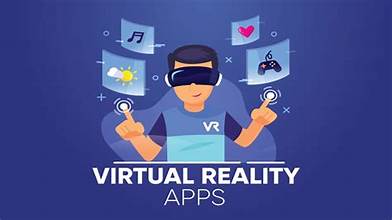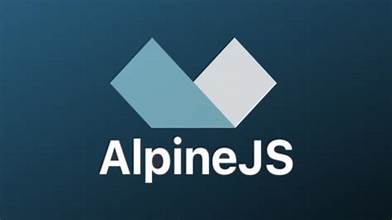Introduction
- Overview of HTML5, JavaScript, and CSS4
- Understanding HTML5, JavaScript, and CSS4 features and architecture
Getting Started
- Setting up the development environment
Working with HTML5
- Understanding the basics of HTML5
- Using text formatting tools
- Links and nested links
- Working with lists, images, and tables
- Creating forms
- Grouping elements
- Using HTML5 tags
Building a website
- Understanding the website structure
- Developing the User Interface
- Capturing and storing data
Working with CSS4
- Understanding the basics of CSS
- Inline CSS
- Internal and external CSS
- Targeting elements in CSS
- Designing and animation with CSS4
Fundamentals of JavaScript
- Understanding the basics of JavaScript
- Working with data types
Advanced JavaScript Concepts
- Object Oriented Programming (OOP) vs. Functional Programming (FP)
- Understanding asynchronous JavaScript
- Using modules in JavaScript
- Using extensions of built-in objects
- Reflect API and proxy API
- Error handling in JavaScript
Testing and Extending the Application
- Preparing test environment
- Fixing bugs and errors
- Debugging the application
- Adding advance graphics
- Application support and optimization
Deploying the Application
- Choosing a host platform
- After deployment monitoring
- Modifying the application in production
Troubleshooting
Summary and Next Steps


